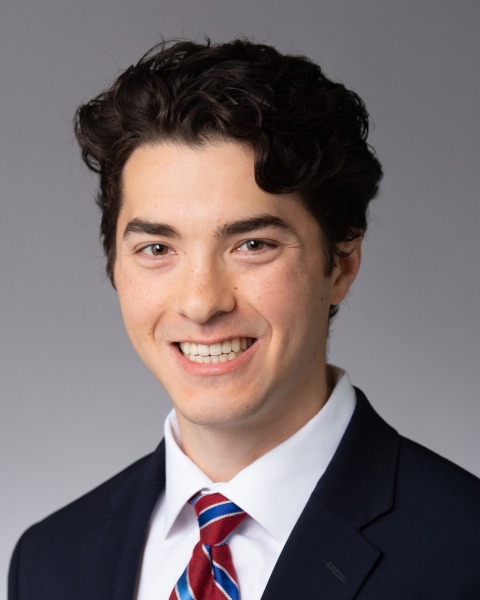Education
Artificial Intelligence-based Deep Learning Model for Evaluating Procedural Consistency in Microvascular Anastomosis

Thomas J. On, BS
Medical Student
Creighton University School of Medicine
Phoenix, AZ, US
Presenting Author(s)
Introduction: Assessing the consistency and precision of microsuturing performance is a key component of neurosurgical training. Traditional evaluation methods rely on expert observation, which can introduce subjectivity and require significant time. This study aimed to develop and validate a deep learning model using a Long-Short Term Memory (LSTM) architecture to objectively evaluate micro-suturing performance by predicting and comparing suturing executions.
Methods: An LSTM-based neural network was used to model hand movements during micro-suturing. The model was trained on video recordings from two expert neurosurgeons, each recorded separately in 2023 and 2024. Surgeon 1 performed interrupted suturing; Surgeon 2 performed continuous suturing. Performance was evaluated by computing the Kullback–Leibler (KL) divergence between the model's predictions and actual suturing executions. Economy of motion was assessed by calculating the mean Euclidean distance from a baseline hand position, while flow of motion was evaluated based on the median time interval for suture completion. These metrics were analyzed for each surgeon’s performance across the two years.
Results: The model computed KL divergence values for each surgeon: Surgeon 1 had 0.00134 in 2023 and 0.000611 in 2024; Surgeon 2 had 0.000819 in 2023 and 0.000164 in 2024, indicating consistent performance. Economy of motion analysis showed minimal excess movement, with mean Euclidean distances of 7.4 mm in 2023 and 5.9 mm in 2024 for Surgeon 1, and 10.5 mm in 2023 and 14.5 mm in 2024 for Surgeon 2. Flow of motion analysis indicated median suture interval times: Surgeon 1 averaged 31.96 seconds in 2023 and 29.57 seconds in 2024, while Surgeon 2 averaged 21.53 seconds in 2023 and 21.50 seconds in 2024.
Conclusion : The LSTM-based model predicted microsuturing actions, allowing for objective assessment of performance consistency. Economy and flow of motion metrics were further validated. Future studies will extend the model's application to a wider group of surgeons, refining the interpretation of performance metrics as first steps towards application in the operating room to predict surgeon hand movements.
Methods: An LSTM-based neural network was used to model hand movements during micro-suturing. The model was trained on video recordings from two expert neurosurgeons, each recorded separately in 2023 and 2024. Surgeon 1 performed interrupted suturing; Surgeon 2 performed continuous suturing. Performance was evaluated by computing the Kullback–Leibler (KL) divergence between the model's predictions and actual suturing executions. Economy of motion was assessed by calculating the mean Euclidean distance from a baseline hand position, while flow of motion was evaluated based on the median time interval for suture completion. These metrics were analyzed for each surgeon’s performance across the two years.
Results: The model computed KL divergence values for each surgeon: Surgeon 1 had 0.00134 in 2023 and 0.000611 in 2024; Surgeon 2 had 0.000819 in 2023 and 0.000164 in 2024, indicating consistent performance. Economy of motion analysis showed minimal excess movement, with mean Euclidean distances of 7.4 mm in 2023 and 5.9 mm in 2024 for Surgeon 1, and 10.5 mm in 2023 and 14.5 mm in 2024 for Surgeon 2. Flow of motion analysis indicated median suture interval times: Surgeon 1 averaged 31.96 seconds in 2023 and 29.57 seconds in 2024, while Surgeon 2 averaged 21.53 seconds in 2023 and 21.50 seconds in 2024.
Conclusion : The LSTM-based model predicted microsuturing actions, allowing for objective assessment of performance consistency. Economy and flow of motion metrics were further validated. Future studies will extend the model's application to a wider group of surgeons, refining the interpretation of performance metrics as first steps towards application in the operating room to predict surgeon hand movements.

.jpg)